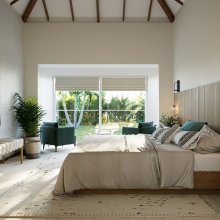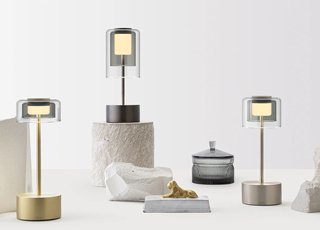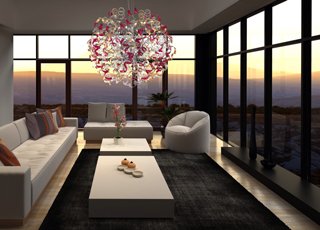How to choose a rug: Pro tips on size, color & placement
A rug may transform a space by being underfoot but not out of sight. When combined with sound design decisions, floor covering is the anchor that holds space together. But in order to get there, you must first choose the proper one. Continue reading to find out how to select the best rug size, color, and design for each space.
Whether you want to add finishing touches to a living room or zone the living room, a rug can make all the difference. However, an ill-fitting mat might cause more harm than benefit. So, learn the basics of rug selection to assure the best results.
Be generous with sizing
First and foremost, the size of a rug matters almost more than its design. A room might seem uncomfortable or ill-furnished with an incorrectly sized mat. How to pick a rug size is determined by the layout as well as the size of the zone and space. Remember that it is preferable to err on the side of too big than too tiny. Scroll down for tips on choosing the perfect rug size.
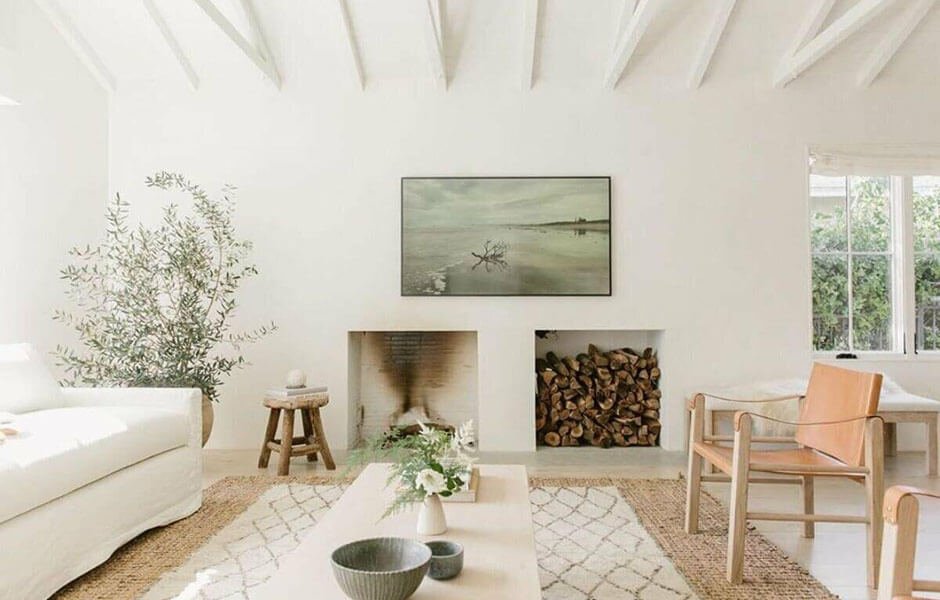
Consider layering
You may be unsure about how to make a space seem warm or what to do with a bit of yet gorgeous rug at times. Layering rugs expertly might be the answer. A pair or trio of rugs will not only give greater comfort underfoot, but they will also add aesthetic depth. This is accomplished by using various patterns, textures, and pile variations.\
Get to know materials and durability
Rug materials range from wool to viscose to polyester and are diverse and vast. The composition is also essential since it determines the rug's durability, softness, and chances of shredding. Wool, cotton, silk, natural grasses (such as jute and sisal), hide, viscose, and synthetics are examples of rug materials (e.g., polypropylene).
Above and beyond that, the production process has an influence. Handmade (tufted, knotted, or woven) and machine-made carpets, for example, have significantly diverse styles and price ranges.
Think about traffic
The more traffic, the more durable it should be. A bedroom, for example, is a low-traffic space that may tolerate delicate carpeting.
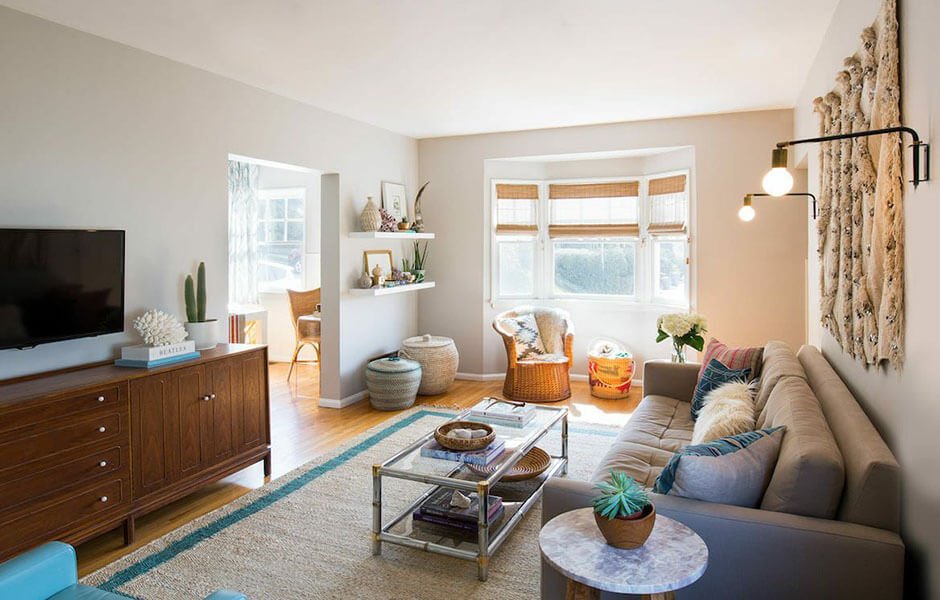
A family lounge, on the other hand, sees a lot of action and spillage. As a result, it will require a long-lasting, comfortable carpet instead.
Picking a rug per room
With the basics in mind, you may follow this rough approach to choose an area rug based on the space type.
Living Room
Because the living room is one of the busiest rooms in the house, it's ideal to choose a durable, easy-to-clean rug. The latter is especially important if there are children or pets in the home. So, choosing a rug for the living room boils down to selecting a long-lasting substance, such as wool or synthetics.
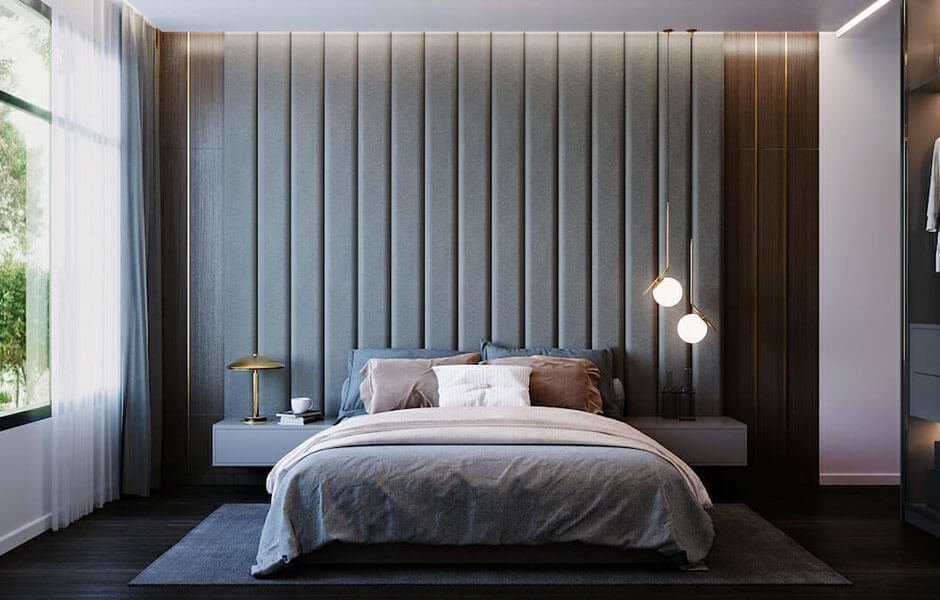
Bedroom
Unlike in the living room, how to pick a rug for the bedroom is determined by your personal style. Bedrooms are often quiet, low-traffic areas.
This means you can use delicate and thin fabrics such as silk or viscose, as well as something with a plush, high-pile finish. Cotton is also a good choice for children's bedrooms because it is inexpensive and easy to clean.
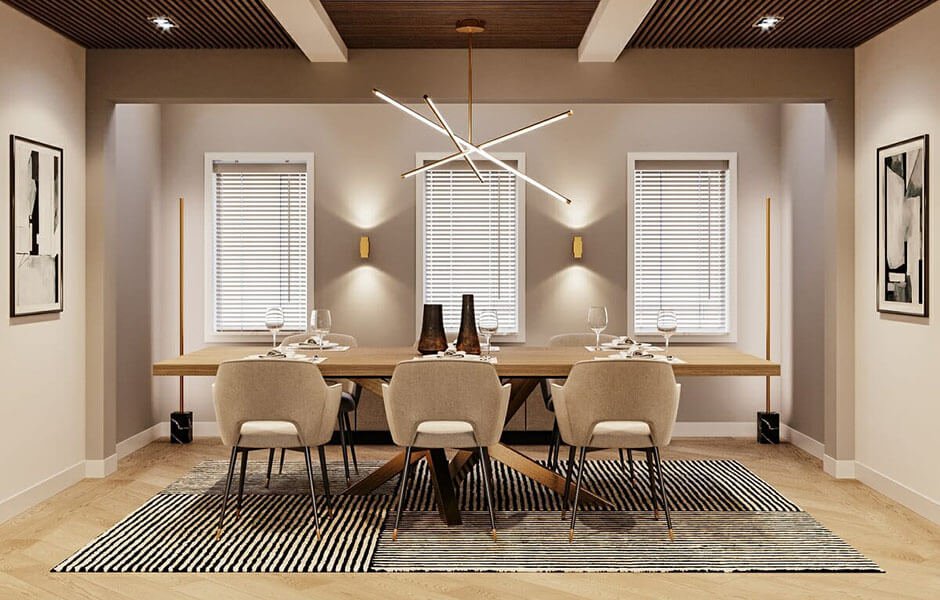
Dining room
A formal rug is great for a dining area. Furthermore, it is an excellent technique to divide a space into an open concept interior. However, because it is another high-traffic area, how to pick a rug for the dining room is determined by budget and taste. It will necessitate the use of long-lasting materials, such as wool. However, a less luxurious rug made from jute or synthetics can work just as well.
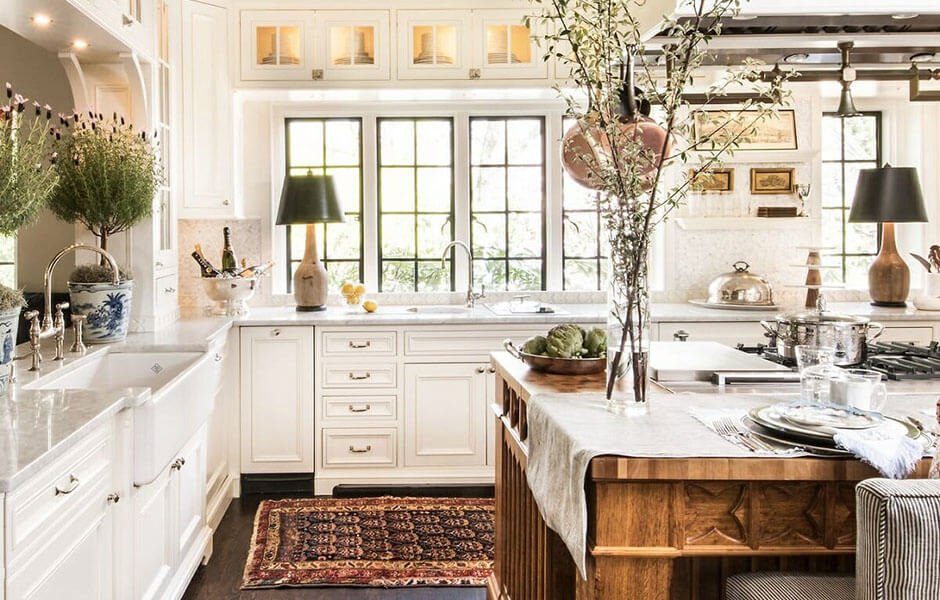
Kitchen, hallway and foyer
Rug runners are frequently more suited to kitchens, hallways, and foyers due to the limited floor area. These are available in a variety of sizes, but most have an extended rectangular design. Because these areas see a lot of foot activity, use long-lasting materials. Add a rug pad as well, as certain durable fabrics, such as cotton and seagrass, are prone to sliding.


